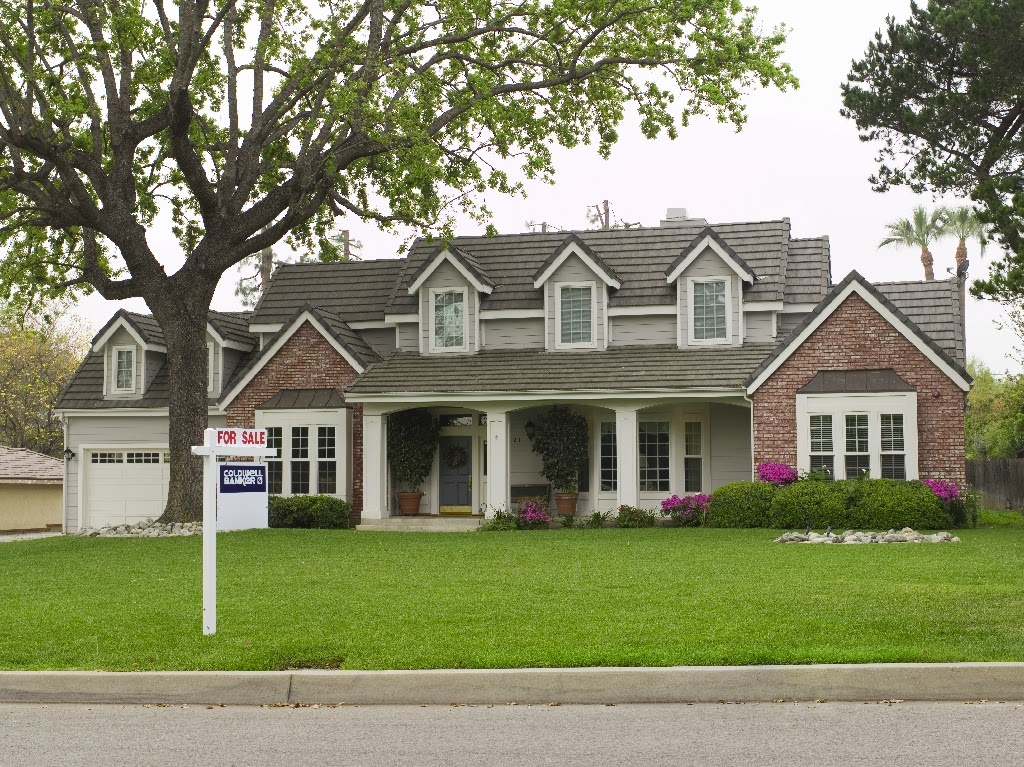by MITCH DIETZ
In this market, buyers need to know that most price ranges are attracting more buyers than sellers. This makes it competitive for buyers; and these conditions can tempt the unprepared to go places they wouldn’t otherwise be willing to venture. In this post, I share some thoughts for smart buying in a seller’s market.
Know your Budget
Before starting the search process, it is very important to know your budget. Many lenders will approve a buyer up to the maximum of their ability. That number may be higher than is comfortable. Therefore, buyers are wise to understand their overall household budget and immediate and long range goals.
Most homes in our market are not being bid up above list price, but there are many homes that have buyers competing. That competition generally leads to higher prices. The buyers who fully understand their financial capabilities, and limits, will be in the best position to succeed in this market.
Sometimes success is knowing when to walk away. If bidding becomes too robust, a buyer should consider how comfortable they would be paying the higher price. Even if a buyer is willing to go higher to “win” the bid, the bank (if the buyer is borrowing money for the purchase) may not lend if the home fails to appraise at the higher value.
To that point, even though a buyer can be contractually protected by a financing contingency (which means the buyer is not obligated to purchase the home if the lender will not loan the money), there is other harm to the buyer. For instance, a buyer typically spends just under $1,000 on an appraisal and home inspection. These common and otherwise worthy expenses are for not if the home doesn’t appraise for the purchase price. Therefore, it is important to consider how high a price is too high for the lender.
By the same token, many buyers can walk away from a competitive situation only to later regret doing so. Often times it is just a slightly higher price that wins out in a competitive situation. If the house truly fits most of the buyer’s needs, and there aren’t other good options available, then paying a bit more may be worth it. That is particularly the case with rising interest rates and home prices. By waiting for the next home a buyer could end up paying more in the end. Those opportunity costs should also be considered when faced with a competitive situation.
Be willing to compromise – but only on some things
In addition to establishing that comfortable budget, buyers should be thorough in determining the must-have features from those that would simply be nice to have. Keep an open mind about improvements that can be made over time. For example, paint is an easy, affordable update. Features such as flooring, cabinets and countertops can be done over time. The right home may just need a little work to make it perfect.
In this low inventory market buyers can become frustrated that the “perfect” home isn’t out there. The reality in any market is there isn’t such a thing as perfect. Nearly all buyers look at making some changes to their new home.
At the same time, be aware of things that cannot be changed, or at least are very expensive to change.
The location of the home is the biggest driver of price – and it cannot be changed. Also, if the home does not have the desired floor plan, a buyer should consider how much it would cost to achieve that better layout. The cost of that type of improvement can range from the modest to the prohibitive.
Without great thought going in, compromising on these types of things in a competitive bid process can lead to buyer’s remorse.
A lesser known option to help
Even for buyers who had been willing to take on renovations to make the home just right, the main challenge in the past was paying for the improvements. The outlay of cash upfront can be prohibitive, and separate home improvement loans typically come at a much higher interest rate than the purchase loan.
Today, there is a great loan program for buyers to wrap the cost of improvements into the purchase mortgage loan. This way, a buyer can get into a home, accomplish desired improvements after closing, make just one lower-interest mortgage payment, and reserve the cash that would otherwise go to pay for the renovations. These “purchase and renovate” loans are a great product to help a buyer achieve the desired plans.
This is definitely a uniquely good time to be a buyer. Prices around the country are just beginning to rise and interest rates are still unbelievably low. With interest rates rising less house will be available at the same mortgage payment. Now that prices are also on the rise, a buyer can quickly be priced out of something that may have been affordable when prices and interest rates were lower. This is ultimately why we are seeing a big jump in the number of buyers in the market.
However, with the proper preparation, buyers willing to compromise on some things, while standing firm on those that matter most, will find success and a comfortable outcome in this market.


No comments:
Post a Comment